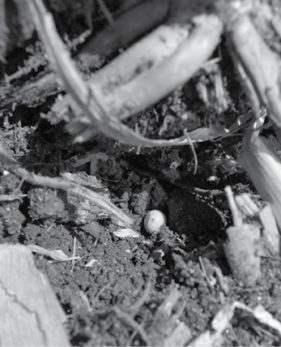No-Till Farmer
Get full access NOW to the most comprehensive, powerful and easy-to-use online resource for no-tillage practices. Just one good idea will pay for your subscription hundreds of times over.

With early season warmth, many no-tillers started planting very early this year. Now is a good time to go back and look at your planting calendar and begin to assess whether this early no-till planting worked for you or if waiting later to no-till may have been better.
We won’t know the total answer to this question until harvest, but it’s still a good idea to monitor early-season stands and see how they progress throughout the season until harvest.
We often assume that a particular practice may impact yield, but without season-long observations, we may miss the true management actions that actually changed yields. Thus, it’s really a good idea to scout more frequently to identify how the crop is changing throughout the growing season.
Tracking no-till stands will help you to determine what practices and pest pressures affect your harvest stands. Try to identify how the stand and crop changes throughout the season to determine how ear count and podset may have been reduced from their maximum potential.
Consider these six critical issues as you assess and scout your fields:
Did you no-till earlier or later than normal? What were temperature and field-moisture conditions when you no-tilled?
Are your meters in good condition? When assessing your stands, can you determine why you may have suffered reduced stands? Was the stand bad from the start due to bad metering? Was it excessive speed? Was it wireworm…